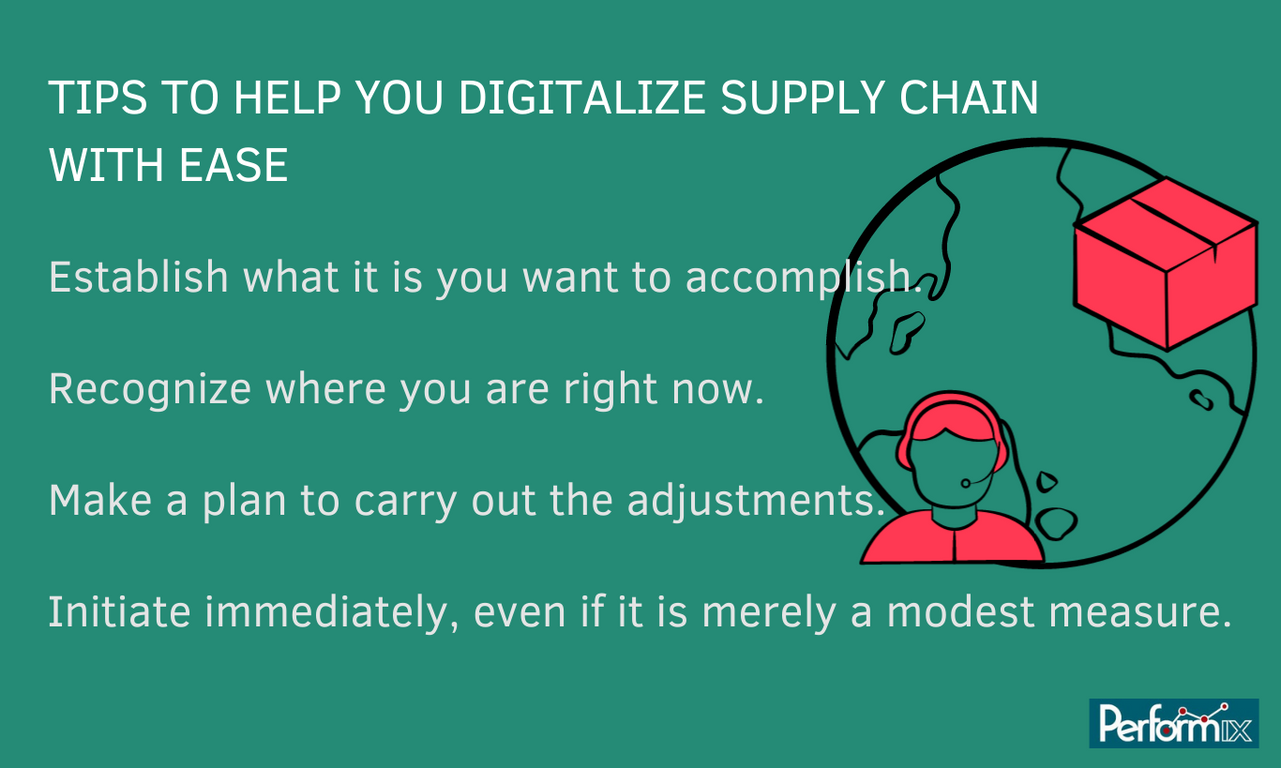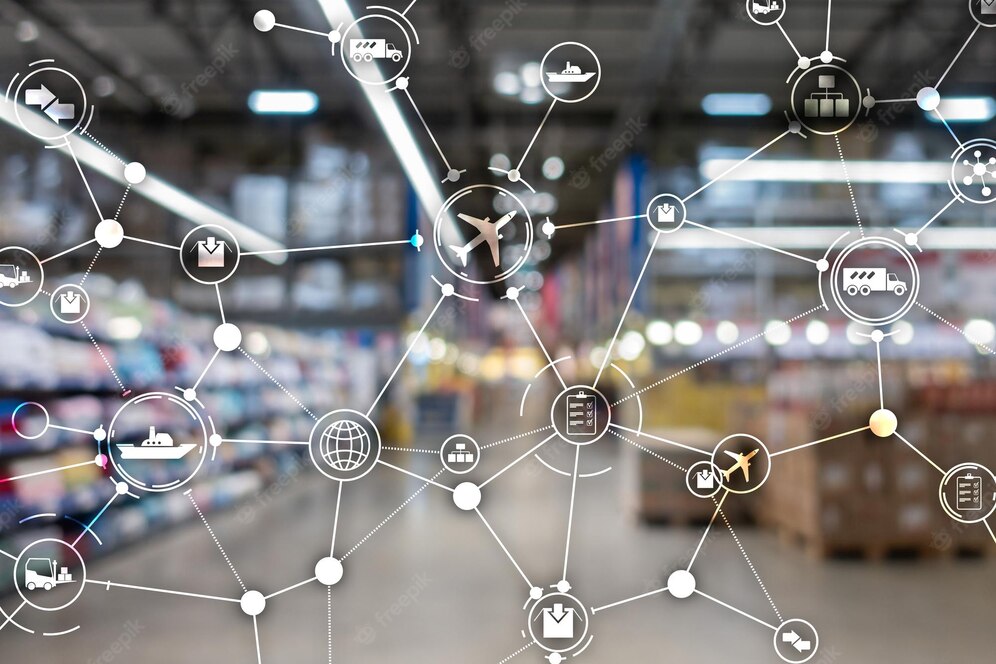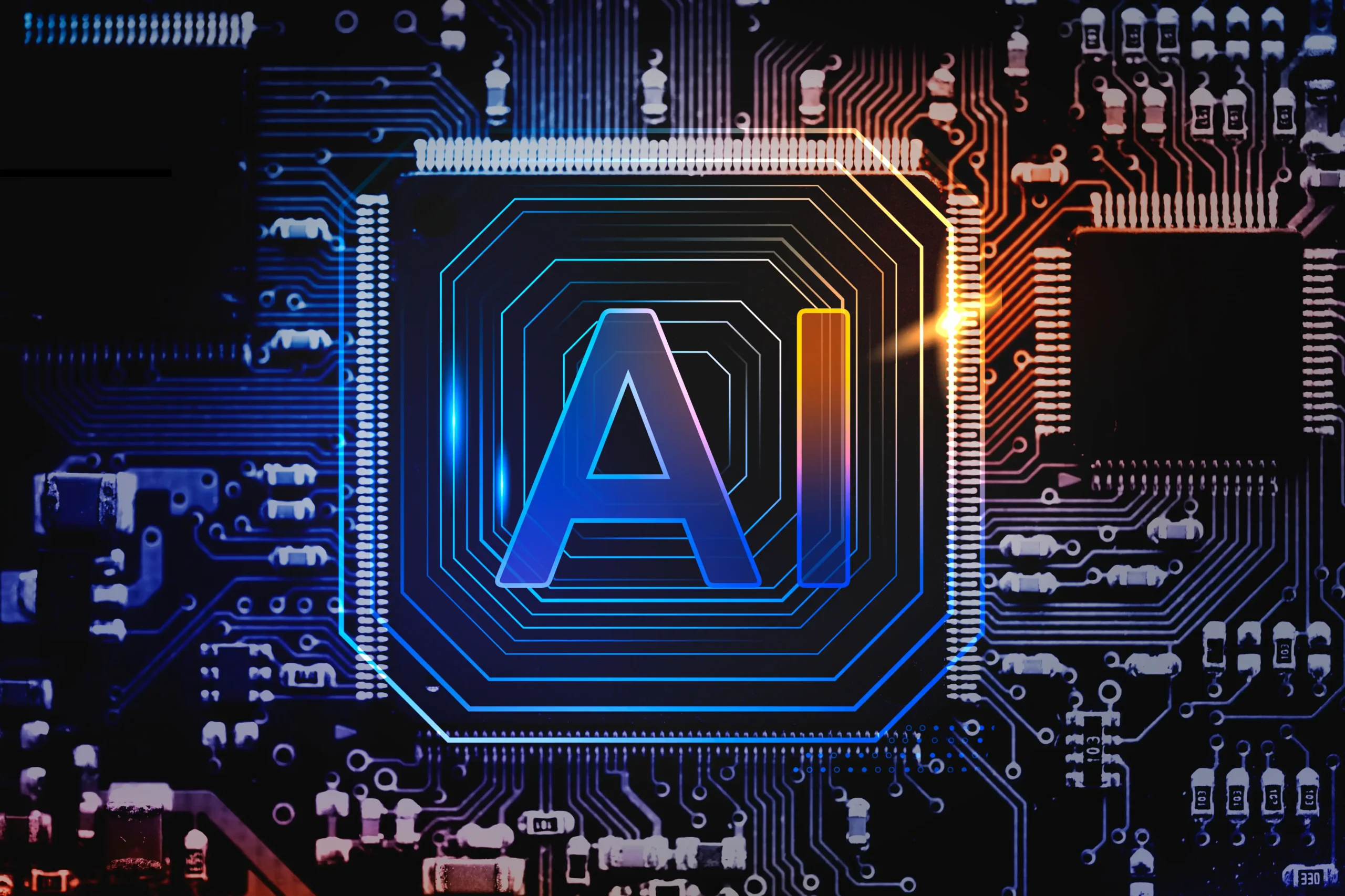A roadmap to digitization in the supply chain
Digital transformation in the supply chain is more than just adding new technology; it’s about employing technology to radically alter how your company functions and provides value to its customers. The advantages of digital supply chains for businesses are numerous. These include better efficiency, lower costs, more insight into operations, and better customer service. These are achievable only if the supply chain strategy and the company plan are in sync.
Hence, creating a digital transformation roadmap that includes both near-term optimizations and a long-term strategic objective, then using it to implement digital technology throughout the supply chain to boost business performance, will be the best way.
What is Supply Chain Digitalization
Supply chain digitalization refers to incorporating and using digital technologies in all phases of the supply chain, from initial supplier information and inventory management to final delivery. In the case of freight in transit, for instance, Bluetooth Low Energy (BLE) asset tracking can provide real-time updates on location.
The ultimate purpose of digitizing the supply chain is to permit improved efficiency and revenues through the availability of insights. To mitigate the expenses associated with transportation and production risks, businesses that have undergone a digital supply chain transformation can better relocate their resources, people, assets, and inventories to where they are most needed at any given time.
Top Supply Chain Trending Technologies
Over the next few years, supply chain digital transformation will be aided by these eight emerging technologies in the supply chain, along with Blockchain and IoT.
Blockchain has proved tremendously advantageous for businesses in reducing supply chain disruptions and enhancing customer service. Carriers, shipping companies, and logistics service providers are just some of the businesses that have benefited from this technology trend over the past few years.
Do you know
By 2024, it is expected that more than 19 billion USD will have been invested in blockchain technologies around the world.
The Internet of Things (IoT) plays an important part in the supply chain, and its significance is only expected to rise as it finds new uses. In only a few years, half of all businesses will likely employ various forms of cutting-edge technology to bolster their supply chains.
Warehouse management, fleet tracking, inventory control, and even technical and mechanical maintenance can benefit from incorporating IoT into the manufacturing and supply chain processes. Warehouses and transportation fleets might be made intelligent with its help.
1. Hyperautomation
Artificial intelligence (AI), machine learning (ML), smart machines, robotic process automation (RPA), Etc. are all examples of the types of technology that will make it possible to facilitate or automate large-scale operations and activities that previously required human judgment or action.
2. Immersive experience and software
The use of augmented reality (VR), virtual reality (AR), and mixed reality (MR) will provide users (including consumers and employees) with the ability to have a more realistic experience of the virtual world.
3. Edge ecosystems
When edge computing and edge data processing are used through networks of people, devices, smart equipment, sensors, and computers, decisions will be made at the edges of an organization that can be more well-informed, reliable, safe, and quick.
4. Supply chain safety
Security policies will be more emphasized on physical things, like devices, machines, products, operational infrastructure, and assets, and at the digital end, like customer data, IP, proprietary code, transactions, and personal data levels.

5. Twin digital supply chain
A digital representation that is dynamic, real-time, and time-phased with numerous linkages that exist between the data objects of the physical (and frequently multi-enterprise) supply chain will come to the floor. This will be a basis for aligning local and end-to-end decision-making.
6. ESG: Environment, Society, and Governance (ESG)
Metrics for evaluating and improving corporate performance and viability that consider the company’s governance structure and capacity to mitigate negative social and environmental impacts will become a priority as the focus on cooperate responsibilities has become prominent in the past decade.
Reading this blog will help with your ESG planning.
What CIOs can do to promote greener practices in the IT sector; how technology can save the planet by focusing on ESG.
7. Integrating Data Intelligence Augmentation
A more connected supply chain will be made possible with the help of an instrument that combines established and new technologies with ecosystem data in near real time. This makes it possible to process data sophisticatedly and share insights, projections, and suggestions that each user can use.
8. Analytics and embedded AI
The most important thing about today’s software is that it includes real-time reporting, interactive data visualization, advanced analytics and intelligence like machine learning (ML), and predictive and prescriptive analytics. Therefore, it will be necessary for industries involved in supply chains to prepare their technology in advance to succeed in the digital transformation drive.
Gartner recently identified six digital imperatives that the supply chain leader must recognize to position themselves for supply chain digital transformation.

Digital Imperatives for Supply Chain Leaders
In the next ten years, customer demand for machines will become more important and account for more than 20% of revenue. The future supply chain must be able to work with automated buyers, and the next change to the operating model for the supply chain must keep up with the speed at which machines are placing orders.
Now is the time to build a digital foundation that connects the partner ecosystem, uses data throughout the supply chain, and automates processes and decisions. Gartner recommends that those in charge of the supply chain do these six things to keep up with the growing demand from machine customers. It’s also important to change the operating model to improve the supply chain’s efficiency, capability, and capacity.
1. Improve the agility and resilience of the supply chain:
- Sixty-four percent of supply chain leaders think that the most important thing to do for supply chain transformation is to make the supply chain more flexible and resilient.
- Turn real-time inputs into actions if you want to be competitive in a world where machine customer demand drives everything.
- Find and shape incoming demand from independent buyers and get supply sources to work together.
2. Ensure that supply chain data is accessible, safe, and unbiased:
- Nearly two-thirds of supply chain leaders view data access as essential to the transformation strategy. According to 28% and 26% of supply chain leaders, data security and equity are also important.
- From the start, governance must be set up for machine customer data to ensure it has the right structure, integrity, and access rights.
- CSCOs should work with their CISOs to ensure that adding machine customers doesn’t risk their environments or customers.
3. Make decisions and routine tasks automatic:
- Sixty-two percent of supply chain leaders say that automating mundane tasks and decisions is the most important step in transforming the supply chain.
- Since technology is expected to increase its role in decision-making over the next decade, a competitive advantage can be gained by integrating machine customers with machine suppliers, creating what is known as an autonomous supply chain.
- Hyperautomation investment will result in a dynamic, data-driven, autonomous supply chain, impacting how businesses now approach supply chain strategy throughout the sourcing, manufacturing, and distribution stages.
4. Develop a digital platform for partner ecosystem integration:
- Three out of five top executives in the supply chain are thinking about developing a digital platform to streamline all of their interactions with their partners.
- Businesses can do more with their customers on the platform than make online financial transactions. They intend to utilize technology to exchange information and expertise between companies.
- Demand will be derived from near real-time sensing of material flow rather than traditional sources like purchase orders.
5. Recruit and retain technologically flexible employees:
- Greater than half of supply chain leaders (57%) cite digitally adaptable personnel as the essential elements of the supply chain transformation strategy.
- Prepare the supply chain by recruiting new digitally adaptable talent and upskilling and reskilling existing supply chain employees.
- Work specifically on the culture so that individuals feel at ease with the machine and obtain the required level of trust and acceptance.
6. Challenge the status quo of customer service:
- Twenty percent of supply chain leaders believe that revamping customer experience (CX) management is essential for preparing for the need for machines.
- Accelerate the supply chain’s role as a platform for customer experience by using vast quantities of data from machine customers.
- Incorporate new CX-focused jobs into the supply chain organization and train personnel to serve a more complicated customer environment.
Future-proof your supply chain through innovation
Companies are rethinking their approaches due to the rapidly evolving nature of technology and the rising bar of client expectations. Better supply chain efficiency, adaptability, and resilience can result from digital technologies across the whole supply chain if you implement the strategies listed in the article.
The process begins with you if you have the notion of implementing a digital transformation in the supply chain.
You may rely on Performix to assist with your adoption, and migration needs if you need help with your digital transformation project.
We’re an established name in the industry, and our digital transformation services can help you adjust to new ways of doing things with minimal disruption and maximum efficiency.






